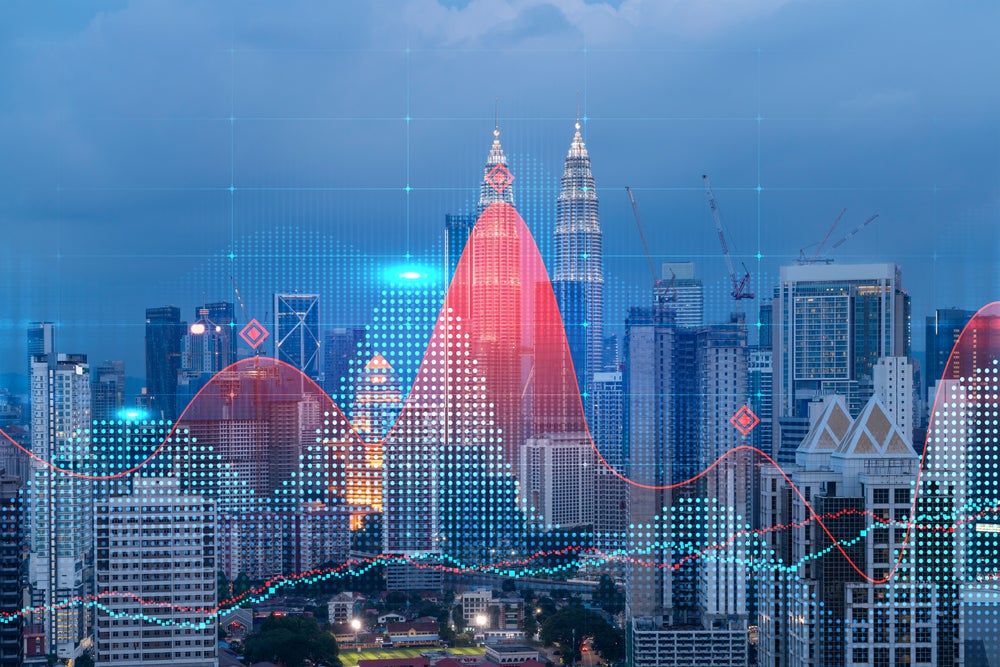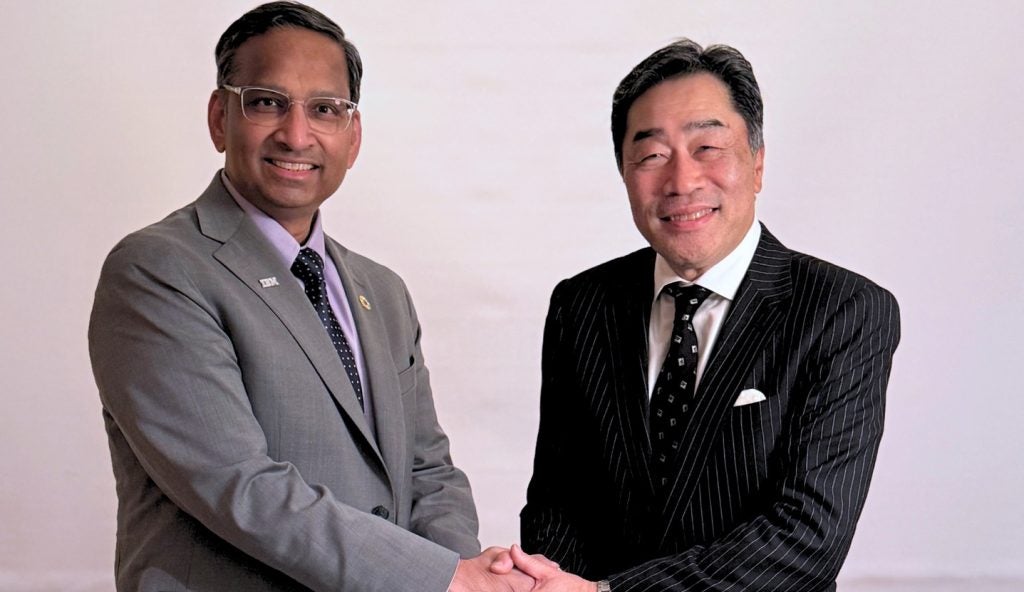Digital twins have the potential to play a crucial role in addressing climate change.
By creating digital replicas of physical systems or environments, digital twins can perform real-time monitoring, analytics, and simulation of energy systems, infrastructure, and ecosystems. This can aid in resource management, which is key to mitigating climate change.
The role of digital twins in mitigating climate change
The threat of global warming and ecological degradation is looming, which could cause irreversible damage to our environment. Given the uncertainties around climate change, the role of technology is becoming paramount. Technologies such as digital twins can simulate, model, monitor, and analyse factors impacting the environment such as energy consumption, CO₂ emissions, rising temperatures, pollution, and changes in ocean currents.
Digital twins can be used to create digital replicas of physical systems or environments, which will then aid informed decisions about resource use, emissions reduction, and climate change mitigation strategies. They can assist in designing eco-friendly cities by simulating the environmental impact on urban planning. Using their monitoring and predictive capabilities, digital twins can also help track, manage, and minimize emissions from buildings.
Growing uncertainties around climate change
Climate change is increasing the frequency of extreme climatic events, and these will continue to have direct, negative consequences for all businesses. Climate change will bring about many uncertainties, increasing the risk for companies and delaying investments.
The World Bank estimates that 140 million people will be affected by extreme droughts, floods, and storms by 2050. In addition, research has found that climate change has boosted heat-related deaths in warm seasons by an average of 37%. By 2050, the rise in sea levels could affect much of the US east coast, while islands such as the Bahamas and low-lying cities such as Jakarta and Mumbai could be catastrophically submerged. To combat such climate crises, collaborative efforts from policymakers, technology companies, people, and the architecture, engineering, and construction community are required.
Climate change has prompted governments to create digital twins
Digital twins will become increasingly important as governments try to meet climate change targets, in part by improving the energy efficiency of buildings. As part of its sustainability efforts, the city of Wellington in New Zealand created a digital twin platform that aggregates data from the city’s entire transport network. This digital twin is globally recognised and won $1m (NZ$1.7m) in the 2022 Bloomberg Mayors Global Innovation Challenge. Its inclusive approach engages residents in visualising climate change impacts and exploring adaptation options.
With climate change in mind, the European Commission has created the Destination Earth (DestinE) plan to develop a digital model of our planet. It will test scenarios that would enable more sustainable development, including integrating digital twins around weather forecasting and climate change, food and water security, global ocean circulation, and the biogeochemistry of the oceans.
One example of this technology is in Grenada, in the Caribbean. The island country is hit by increasing heat, intense rainfall, and saltwater intrusion. Its government used LiDAR and high-resolution imagery to create a digital copy of itself when drafting sustainability plans. Similarly, Helsinki uses its digital twins project as a tool to mitigate climate change, improve energy efficiency, and offer a virtual experience for tourists. Likewise, global warming is causing recurrent droughts, extreme weather, and desertification in Spain. This has impacted its ecosystem leading to economic loss and a decline in productivity.
To address this issue, Spanish authorities are working with Hexagon, an IT company, to create a digital twin of the Campo de Cartagena region. The digital twin will run simulations of potential environmental issues and will enable authorities to predict and prevent disasters. It will offer visual comparisons of changes to water, vegetation, and the environment, which can help in spotting issues and determining possible solutions. These efforts by government authorities will massively help to mitigate the adverse effects of climate change.
The way forward
The wider adoption of digital twins and a data-driven approach to sustainability could help in the race to reach net zero by 2050. However, digital twins alone cannot resolve climate issues. It will require collective effort from governments, industries, communities, and individuals to withstand the challenges posed by the changing climate.








